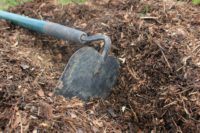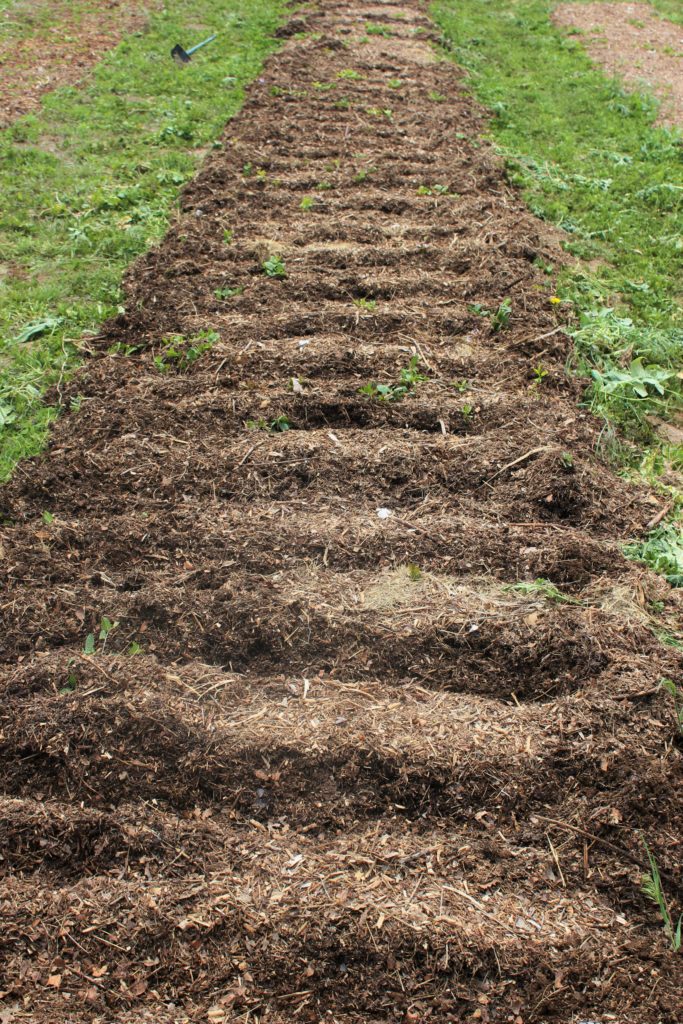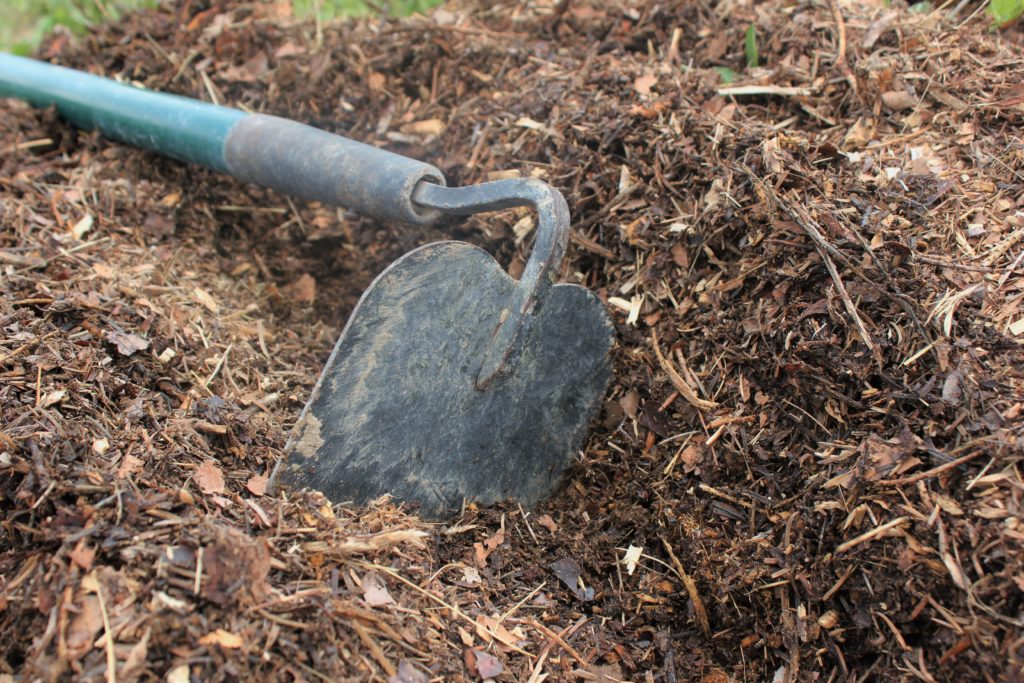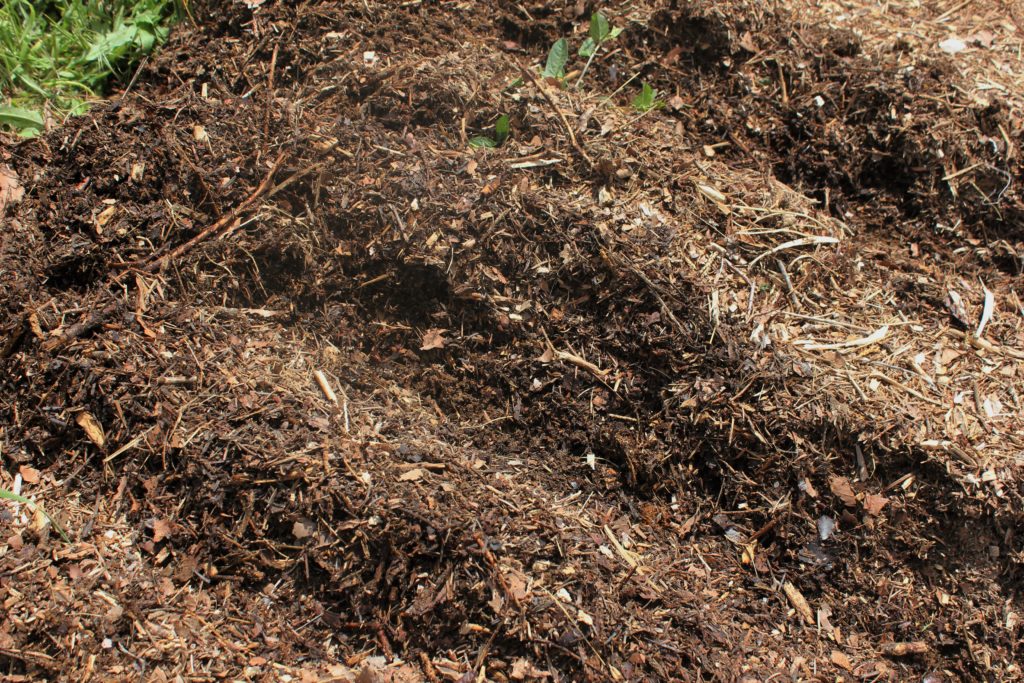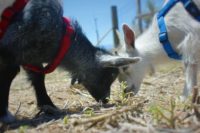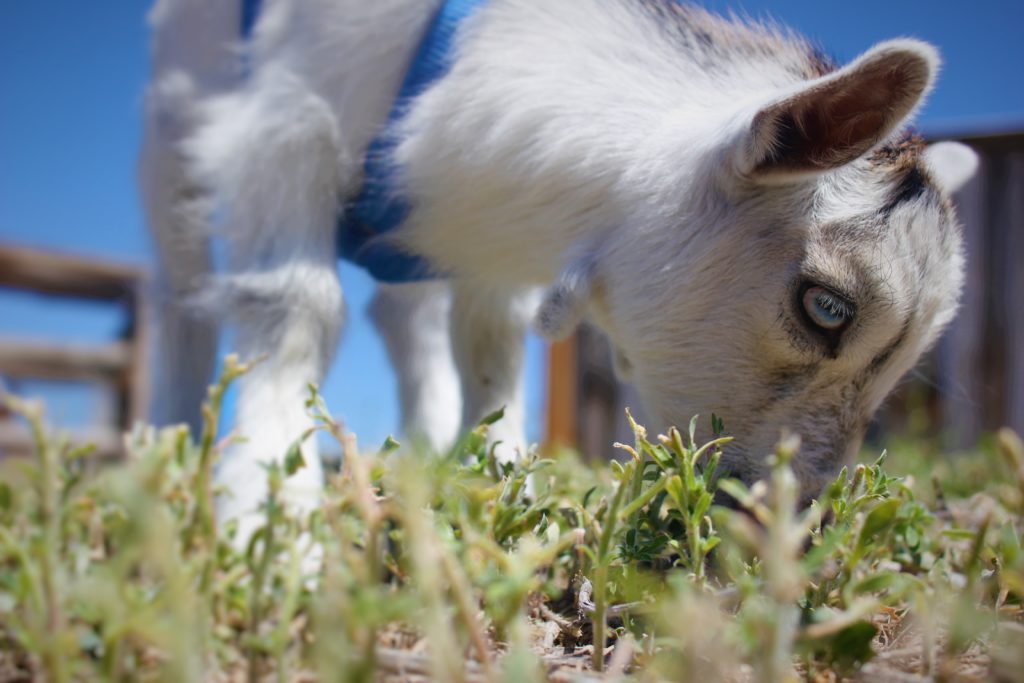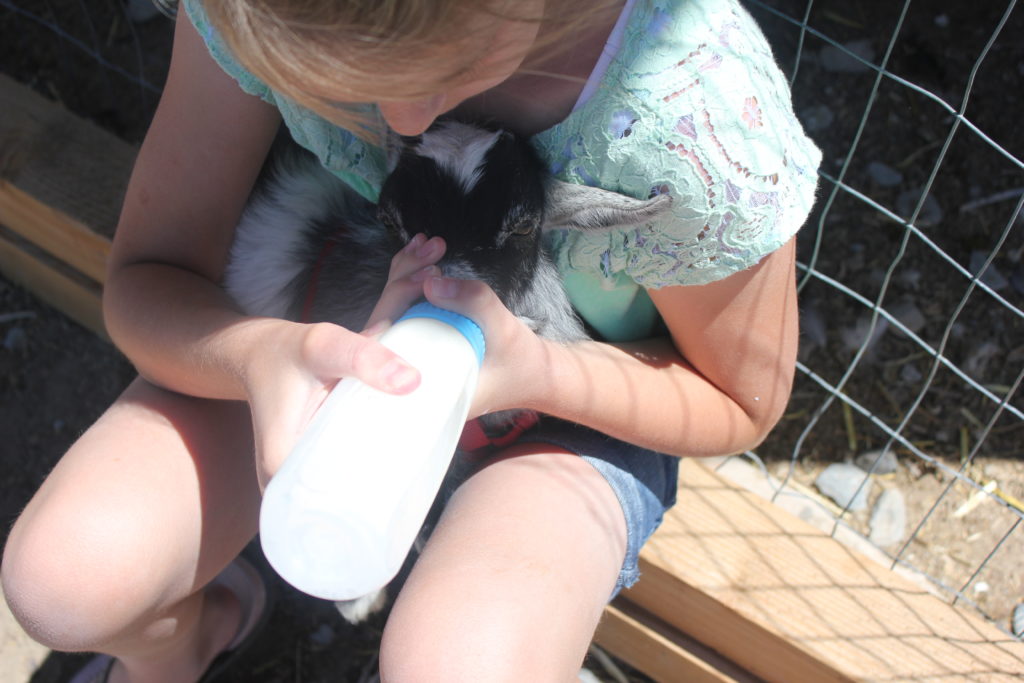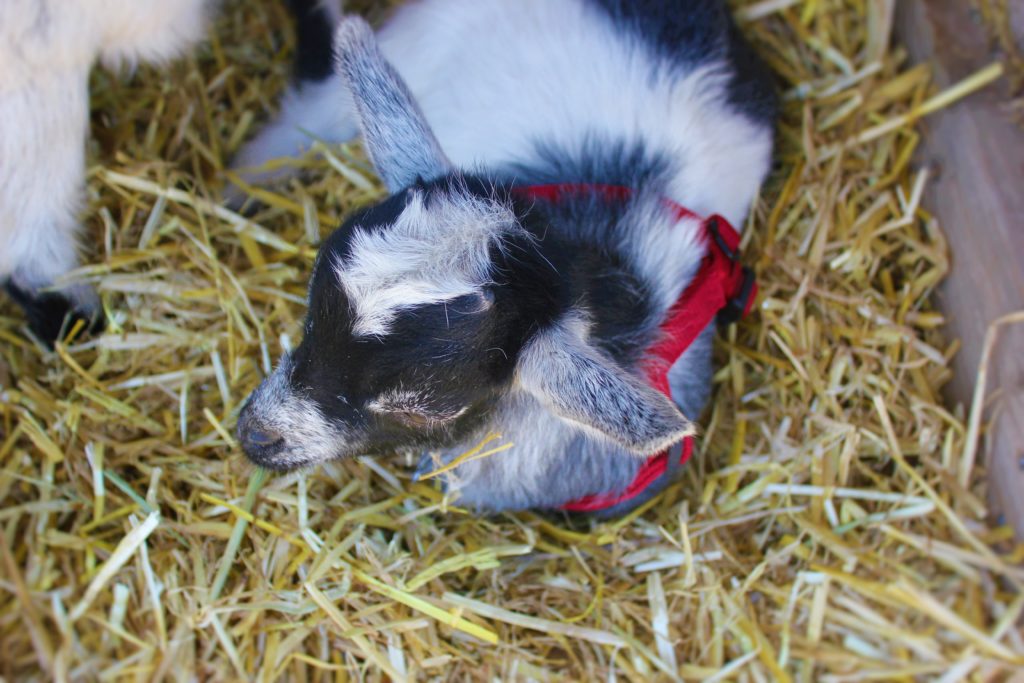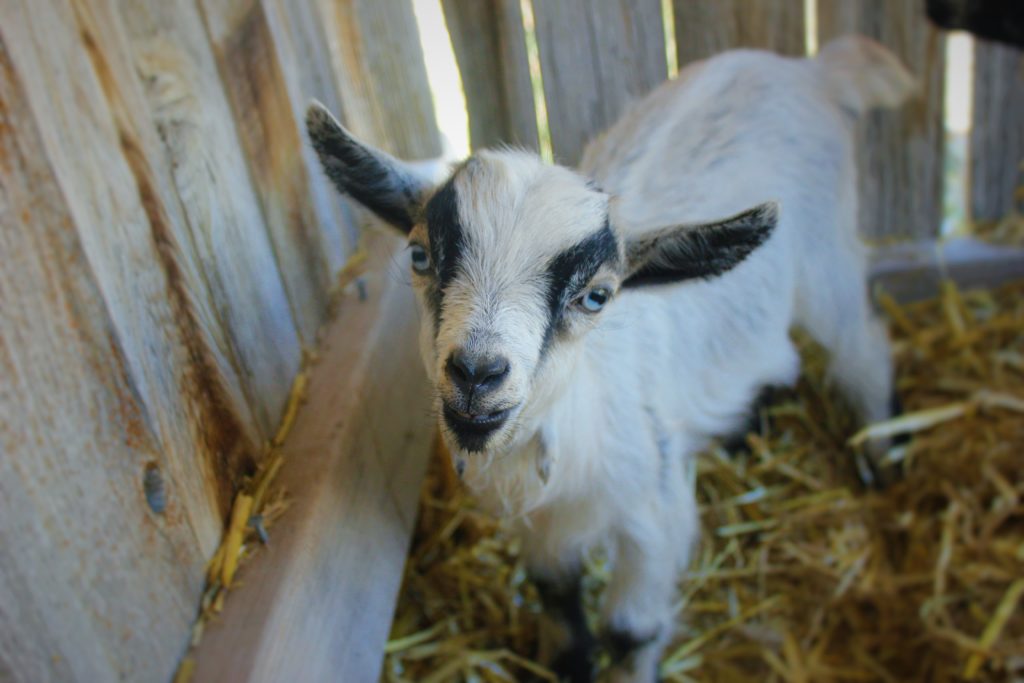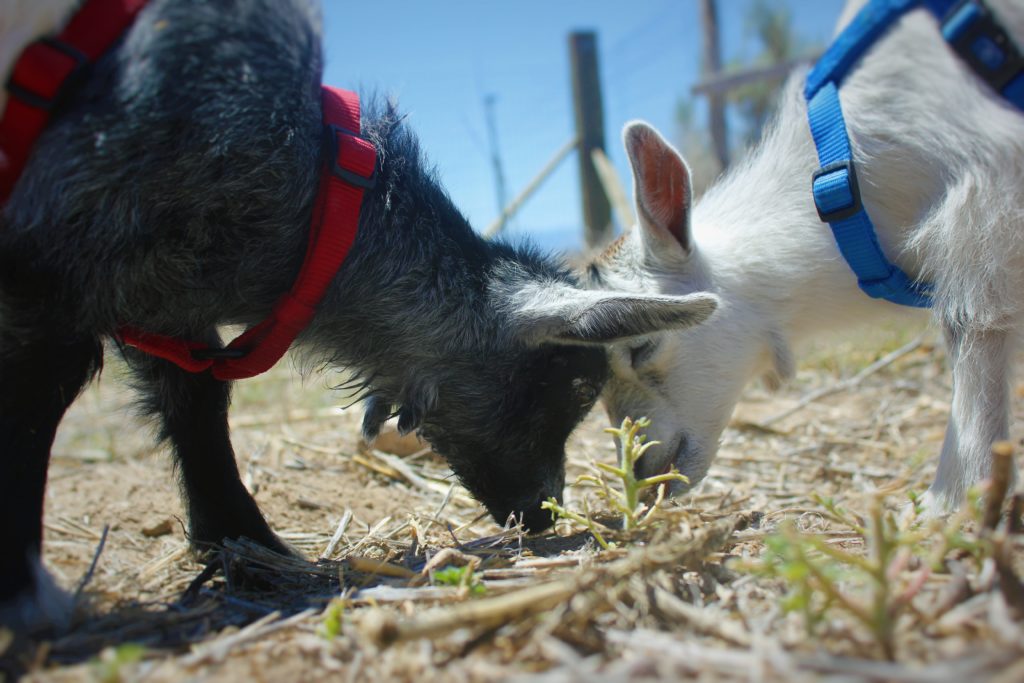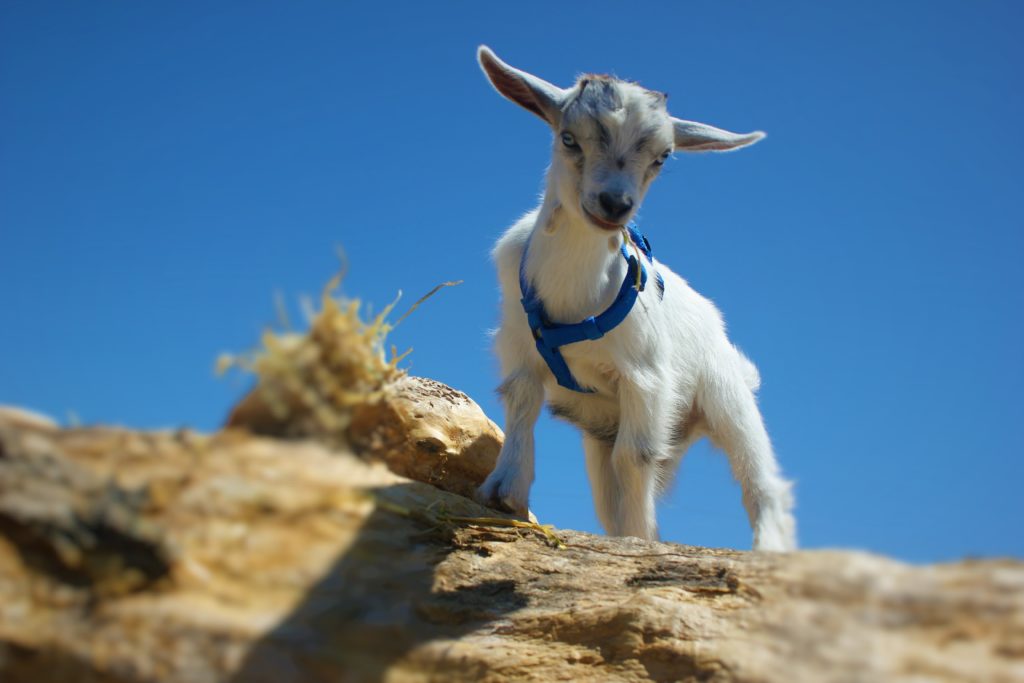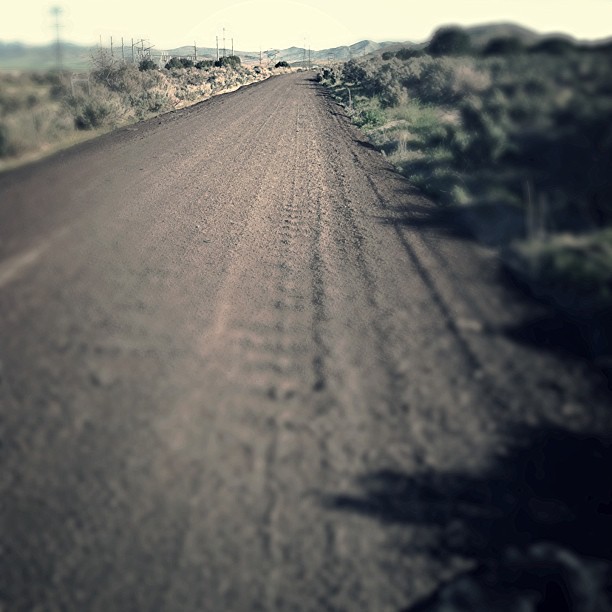 This is one of the views you get when you travel the roads that lead to our little piece of heaven. To get to our farm, you have to drive on a gravel road. Being isolated like that gives has advantages and disadvantages. This year has been the year of replacements. We have replaced our water heaters, air conditioner, furnace and who knows what will happen next.
This is one of the views you get when you travel the roads that lead to our little piece of heaven. To get to our farm, you have to drive on a gravel road. Being isolated like that gives has advantages and disadvantages. This year has been the year of replacements. We have replaced our water heaters, air conditioner, furnace and who knows what will happen next.
When I got home from work on Monday, I noticed that there was a nice sized puddle at the end of the driveway. I did not think much about it at first, but then after noticing it again a little later I started to ask what caused it. We had rain the night before, but not enough to have generated that puddle. So I asked if the kids had been playing with the hose, etc. After eliminated everything that could of caused it, my oldest said, “Dad, come look at this.” We walked out and she showed me a little spot in the puddle that had water bubbling up from the ground.
I am like YEAH, we have discovered a new spring. Maybe it will be high in salt content so we can start harvesting our own salt. (Like what Eustace does in S5:E15 of Mountain Men). Or we now have a way to water the livestock without having to use city water to do so. But of course, the new found spring was related to the higher water bills, low water pressure, and the noise the pipes in the house would make on occasion. We had a main water line leak. From what I could tell, the water line between the house, and the city water meter had sprung a leak, and had finally saturated the ground so much that it had stated to surface. And of course, the leak was coming from under the concrete portion of the drive way. I just wanted to sit down a cry, a repair like that can be very expensive.
So I called a friend of mine to see what he would suggest we do. This friend owns a company called Mr. and Mrs. Handyman. Jeramiah has helped us with a few projects in the past (Finding the Septic Tank, Installing the Wood Stove, New Bathroom, and the list goes on), and I figured I could pick his brain for a minute to see what he would do. Within 20 minutes he showed up with his mini-x and we started digging to see what was going on. (He had just finished up with another client, and had replaced their waterline, so he had everything he needed already loaded.)
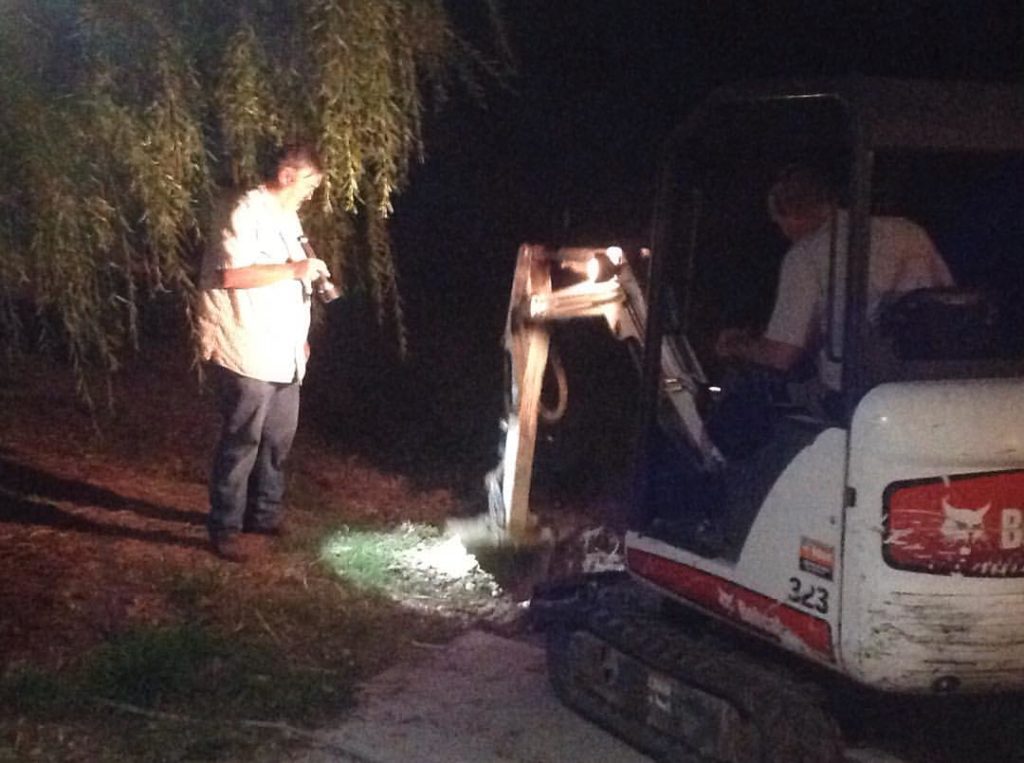 Yup, we found that the water leak was coming from under the driveway, so we then went to work on the side closest to the house.
Yup, we found that the water leak was coming from under the driveway, so we then went to work on the side closest to the house.
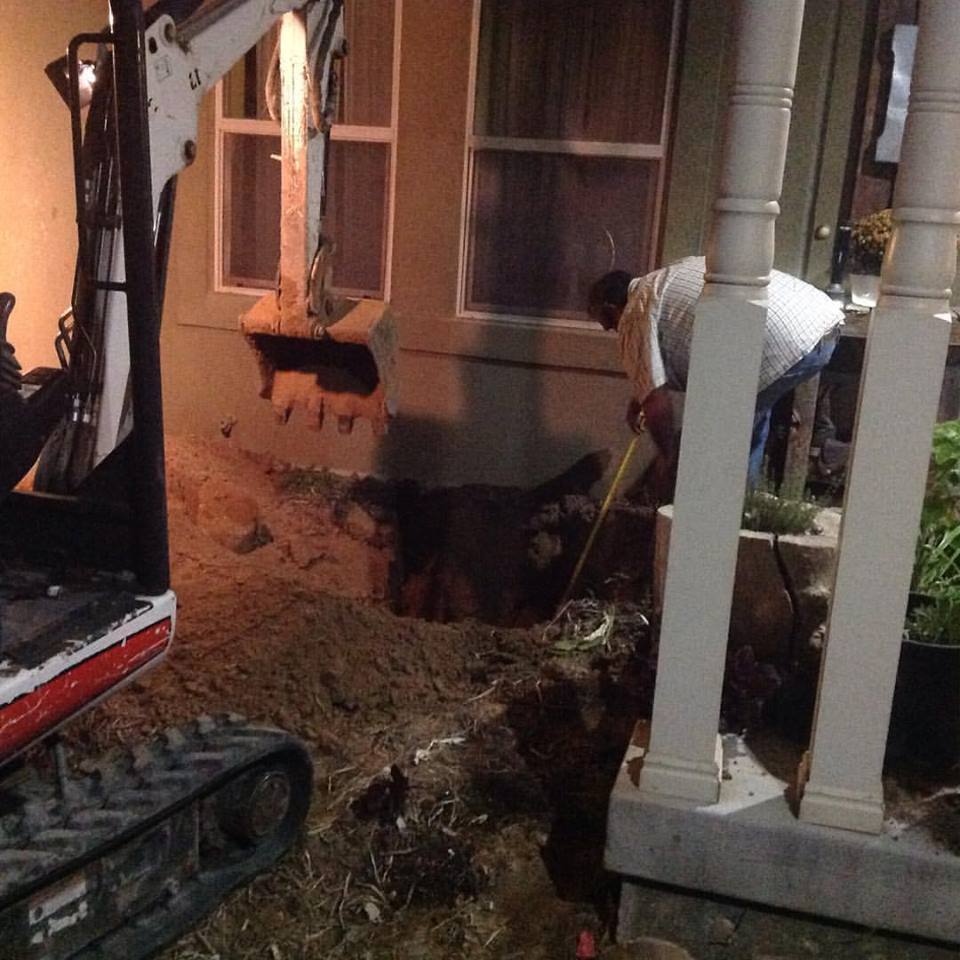 In a few hours, we had both ends of the driveway excavated down to the pipe and knew what needed to be done the next morning.
In a few hours, we had both ends of the driveway excavated down to the pipe and knew what needed to be done the next morning.
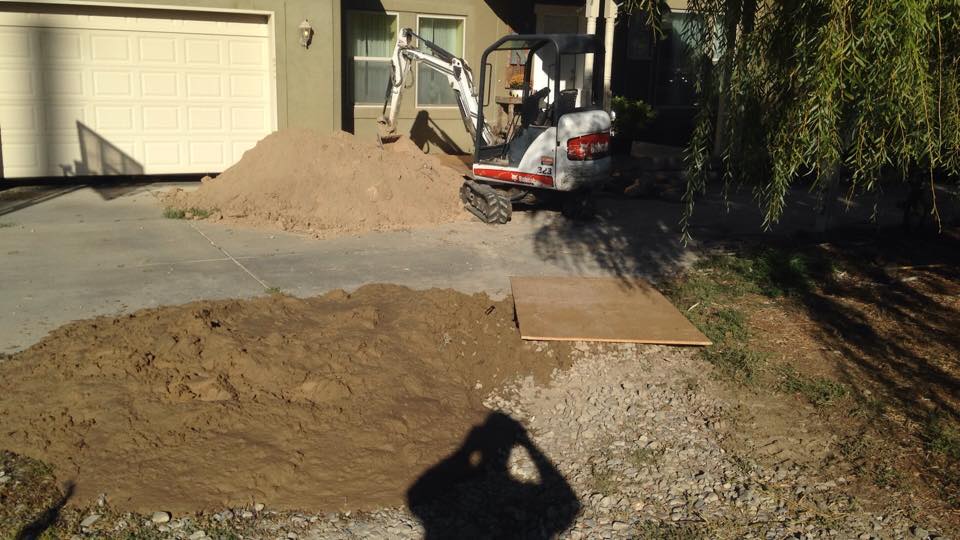 Jeramiah showed up early in the morning and the work really started. We wanted to avoid digging up the driveway, so Jeramiah came up with the idea of using a connector and hooking the old water line to the new water line, and then pulling the old water line from under the driveway and keep pulling so that the new water line replaced it. It worked well, we were able to pull the new line under the driveway without having to cut any concrete.
Jeramiah showed up early in the morning and the work really started. We wanted to avoid digging up the driveway, so Jeramiah came up with the idea of using a connector and hooking the old water line to the new water line, and then pulling the old water line from under the driveway and keep pulling so that the new water line replaced it. It worked well, we were able to pull the new line under the driveway without having to cut any concrete.
We then dug the trench from the driveway to the meter box by the street through our gravel driveway. Hooked the new line up to the house, and the meter, turn on the water, looked for leaks. And verified that the meter showed no new usage (after everything refiled in the house). At that point, we started to back fill the trench, and compact it in layers as we backfilled.
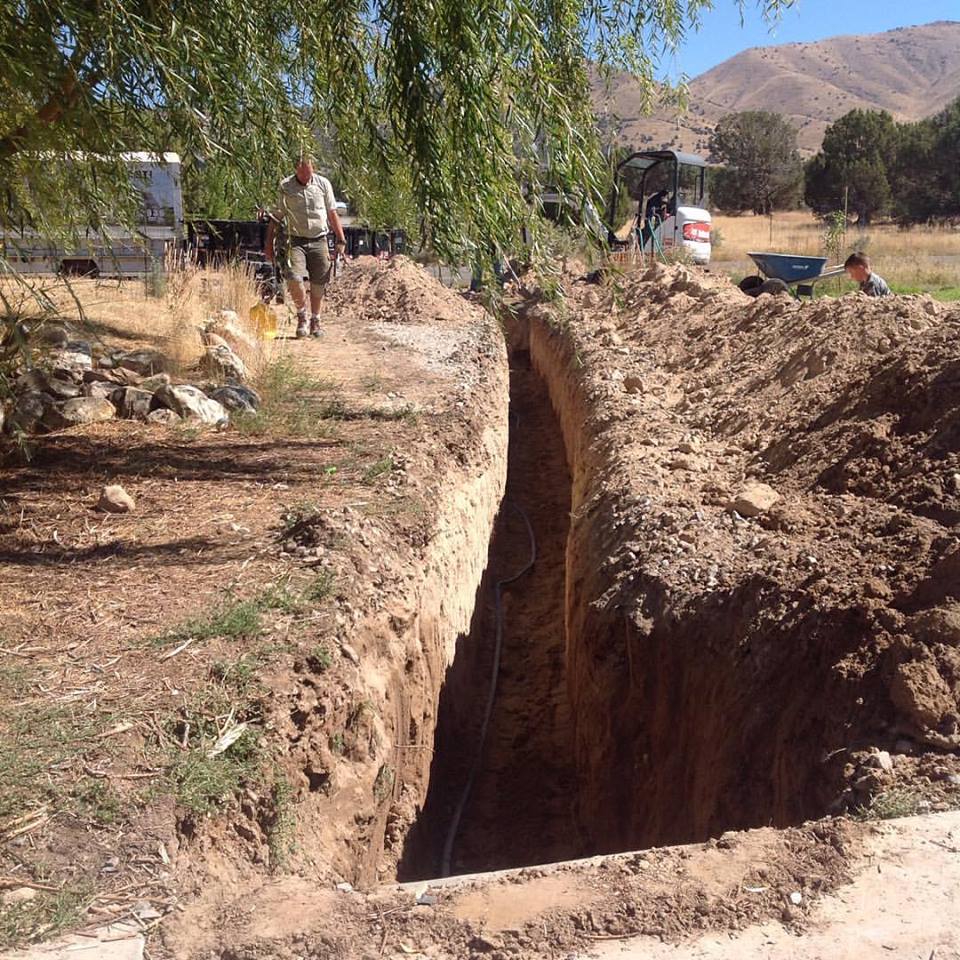
You can see Tom having a fun time playing in the dirt, and watching as the trench was dug.
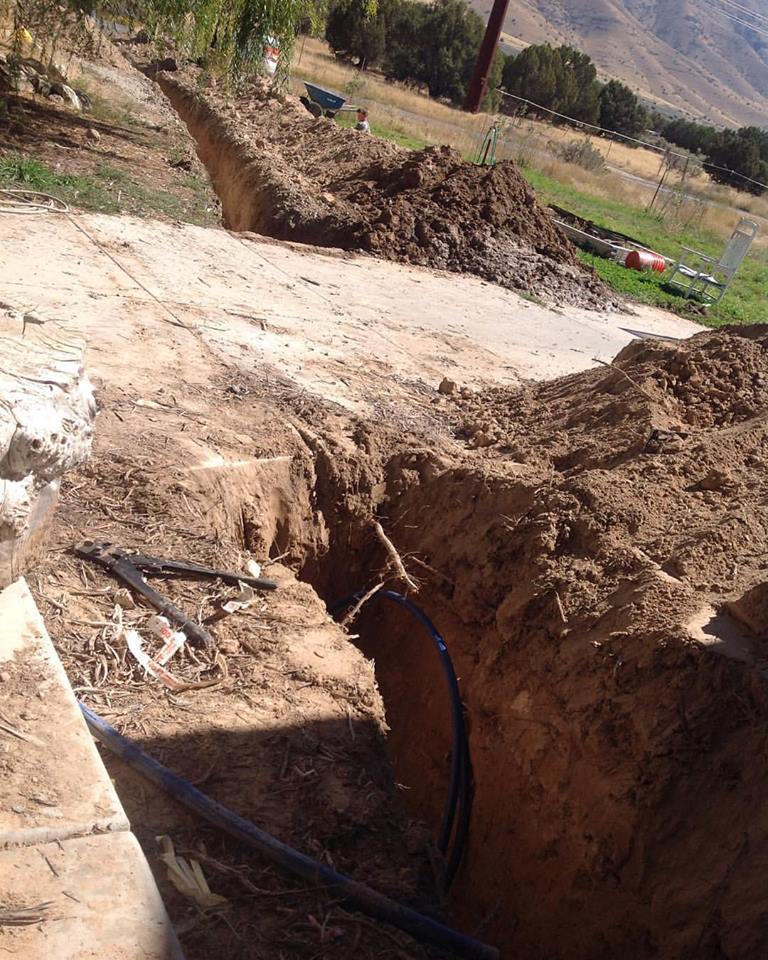 After everything was said and done, we had 80 feet of new water line ran, and the driveway was now usable again.
After everything was said and done, we had 80 feet of new water line ran, and the driveway was now usable again.
I am just very grateful that we found it now, and now during the winter. I am also very grateful for my friends, and their willingness and ability to help do things like that. If you EVER need a handyman, I suggest you contact Jeramiah and see if he can help you out. Our house has given him the ability to try a few firsts. Like extending the neck of a septic tank that the home builder buried under 8 feet of dirt, to pulling a new water line under a driveway without having to cut the driveway.
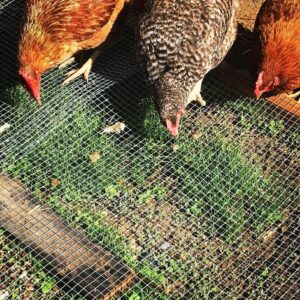
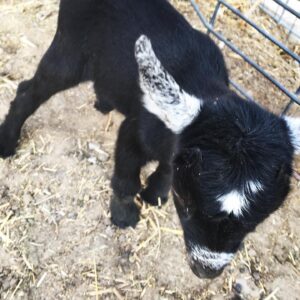
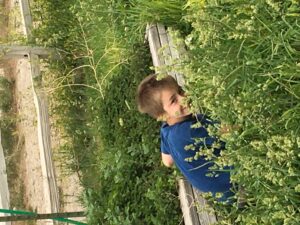
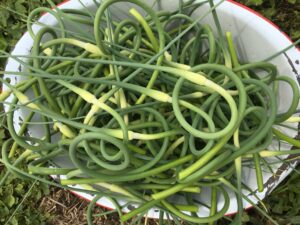
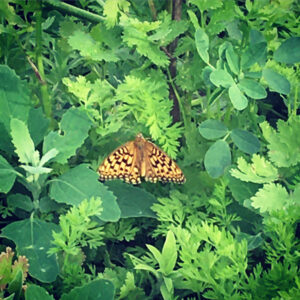
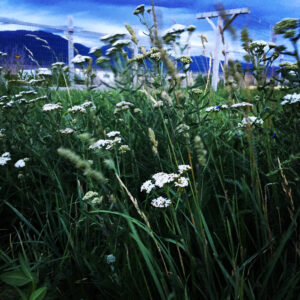
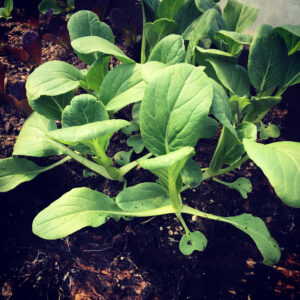
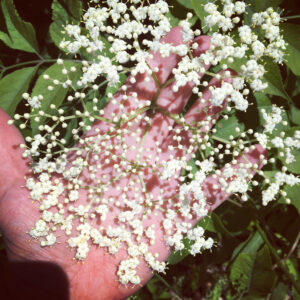
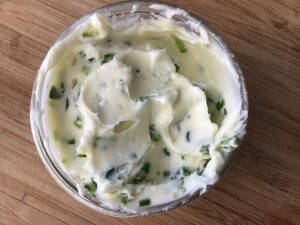
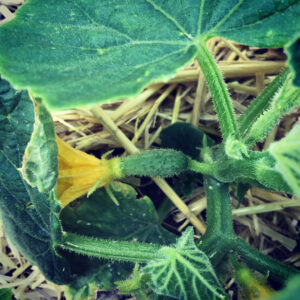

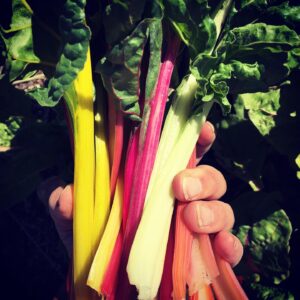
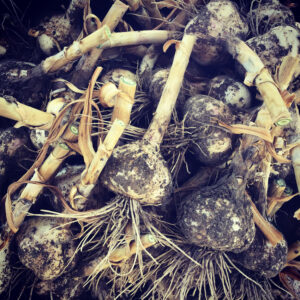
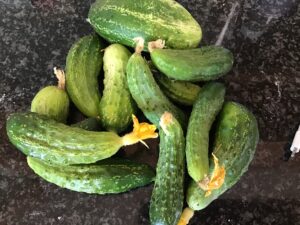
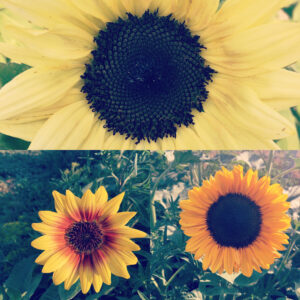
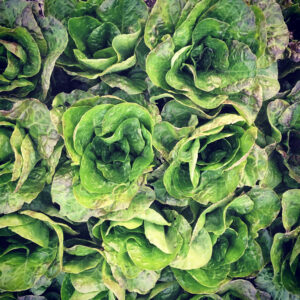
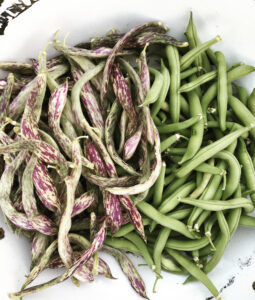
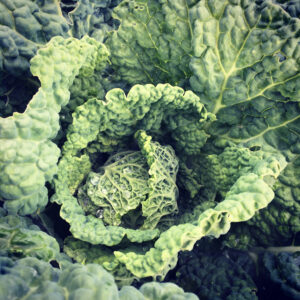
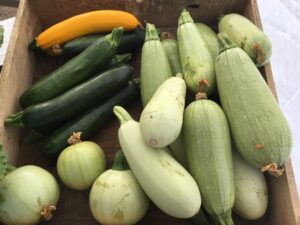
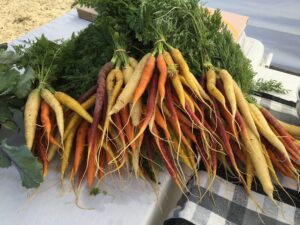
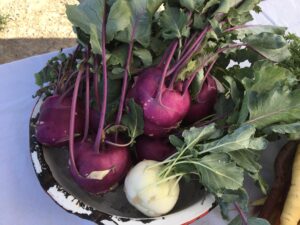
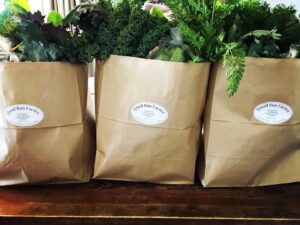
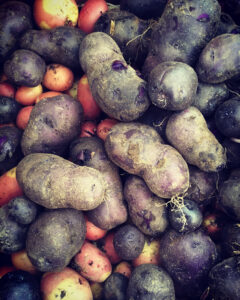


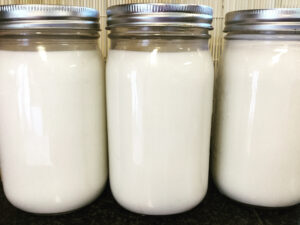
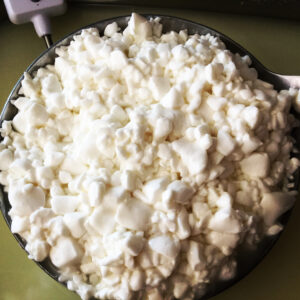
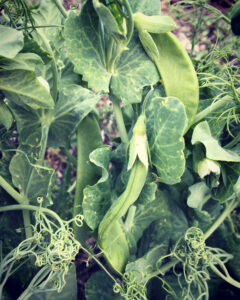
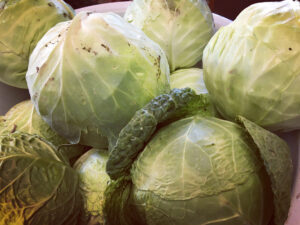
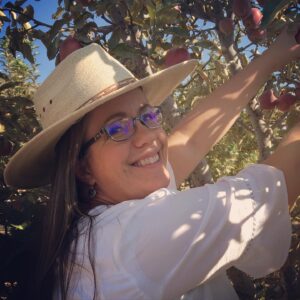
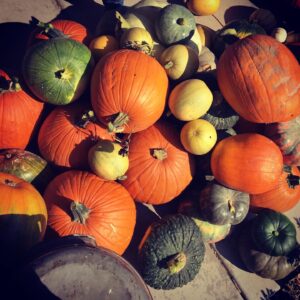
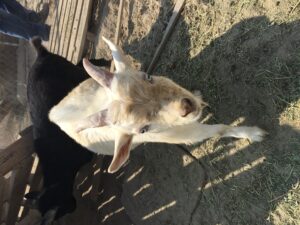
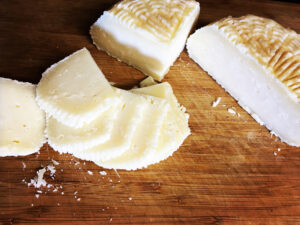 Pep
Pep
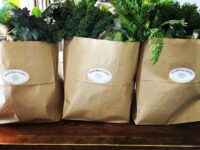
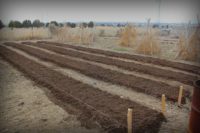
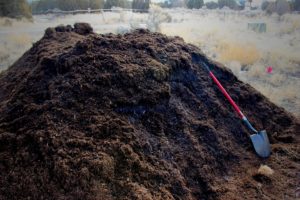
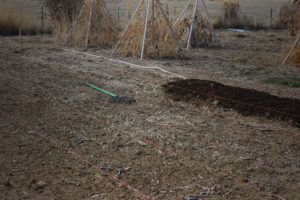 Last Fall we staked out the new garden. Previous it had been a big pumpkin patch, but we needed to move it because of squash bug issue and I wanted my new market beds closer to the established garden area. The pumpkins will go in the new, raw area, they are a good plant to break in a new place. We made each bed 30″ wide and 50′ long.
Last Fall we staked out the new garden. Previous it had been a big pumpkin patch, but we needed to move it because of squash bug issue and I wanted my new market beds closer to the established garden area. The pumpkins will go in the new, raw area, they are a good plant to break in a new place. We made each bed 30″ wide and 50′ long.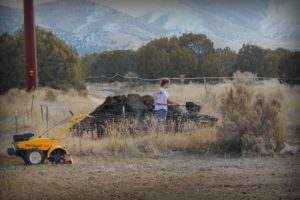 Not wanting to disturb the soil already there and not wanting to churn up weed seeds we are laying six inches of compost right on top of the soil and not mixing it in. Well made compost can be planted directly in, it won’t be too hot. The isles will be planted with mini clover, that will help keep the weeds and dust down and when it is mowed we will rake the clippings right into the garden beds, and as the plants grow we will add mulch and cover crops.
Not wanting to disturb the soil already there and not wanting to churn up weed seeds we are laying six inches of compost right on top of the soil and not mixing it in. Well made compost can be planted directly in, it won’t be too hot. The isles will be planted with mini clover, that will help keep the weeds and dust down and when it is mowed we will rake the clippings right into the garden beds, and as the plants grow we will add mulch and cover crops.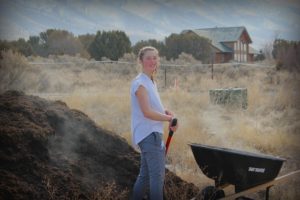 I love this picture, it shows the steaming compost both in the pile and in the wheelbarrow. This shows how well the microbe activity is, good healthy microbes mean good healthy soil. It is also nice on a cool morning to be able to warm up at the pile!
I love this picture, it shows the steaming compost both in the pile and in the wheelbarrow. This shows how well the microbe activity is, good healthy microbes mean good healthy soil. It is also nice on a cool morning to be able to warm up at the pile!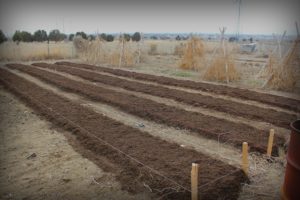
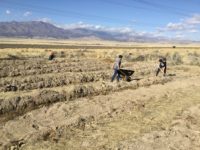
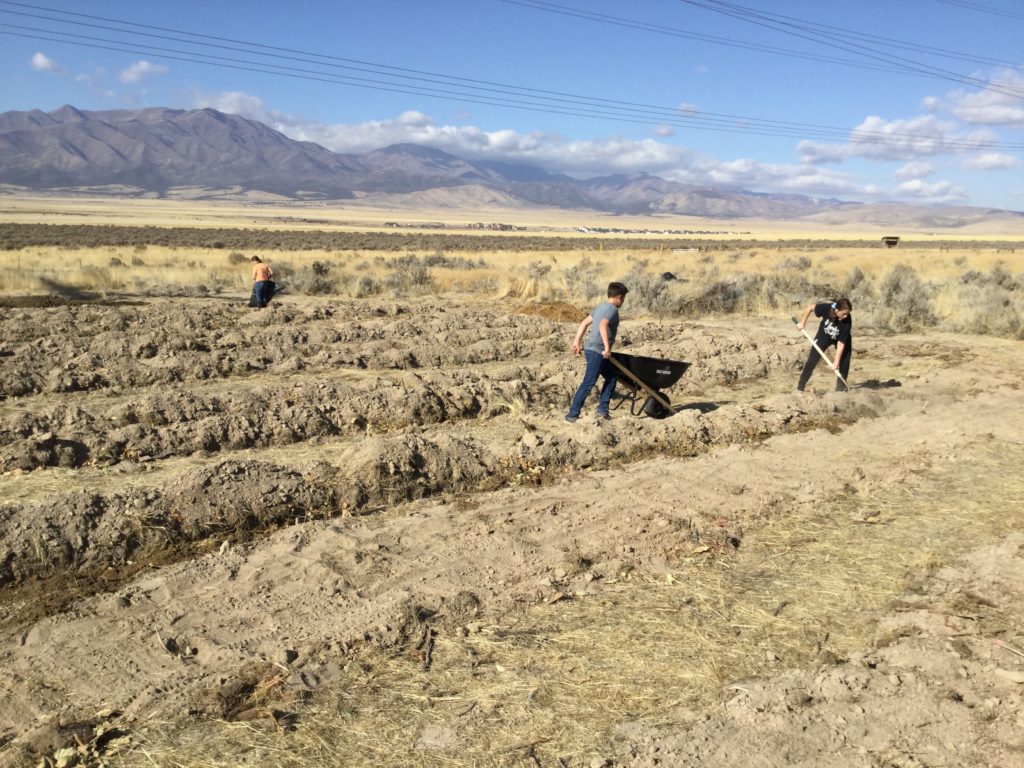
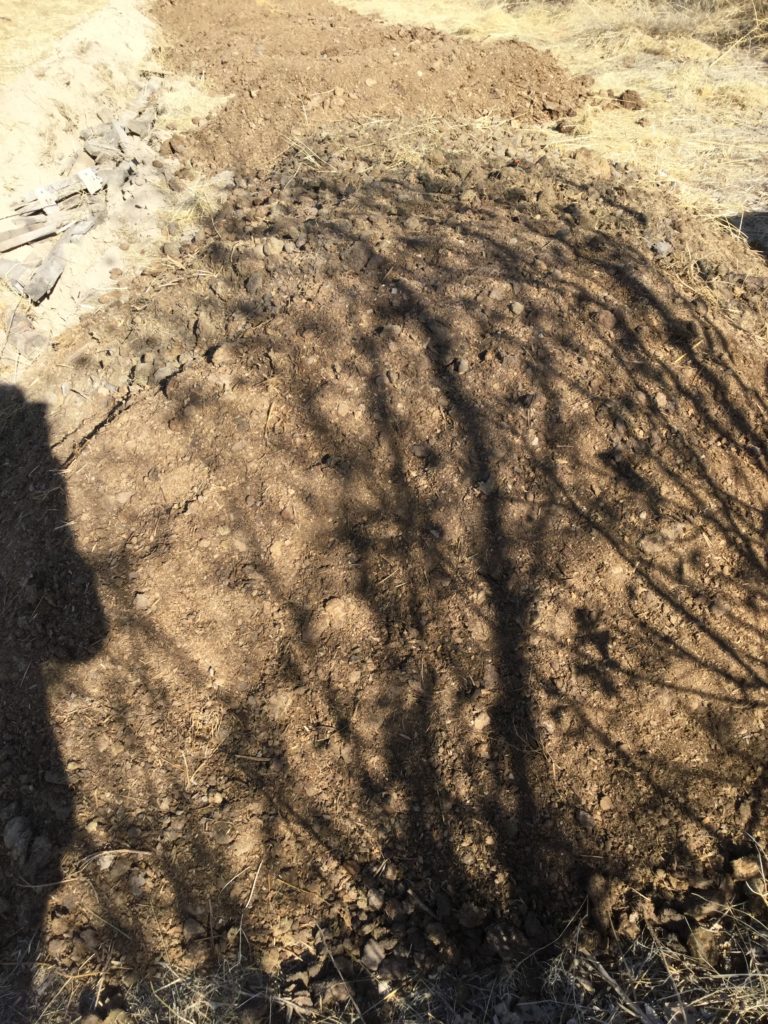
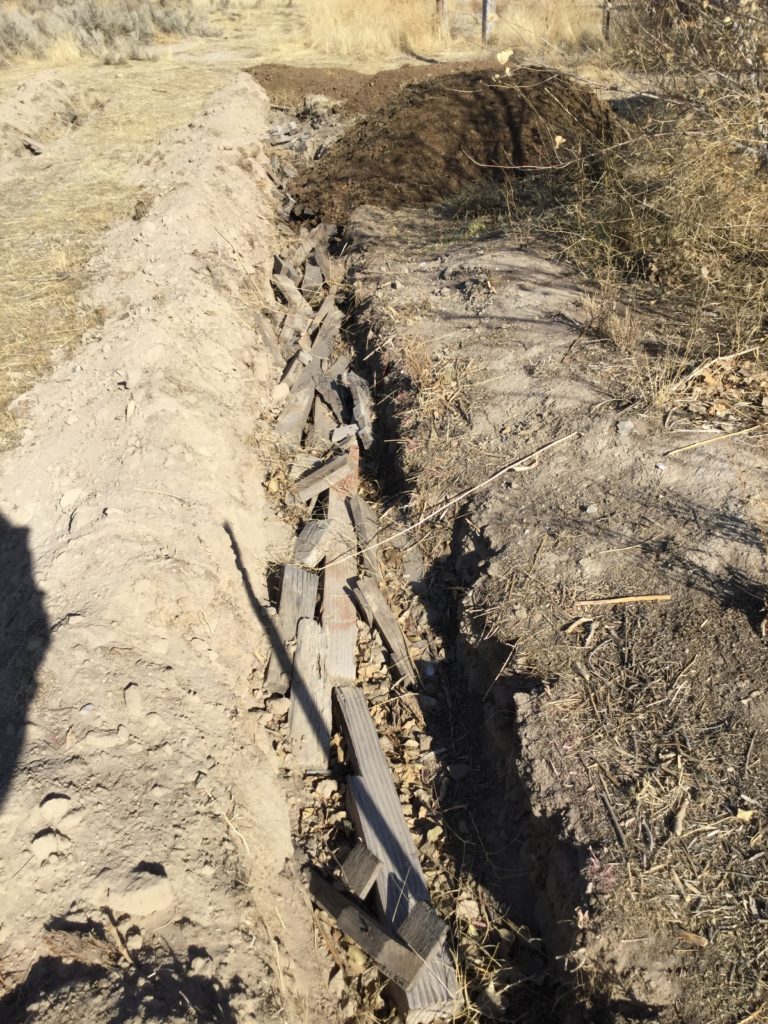
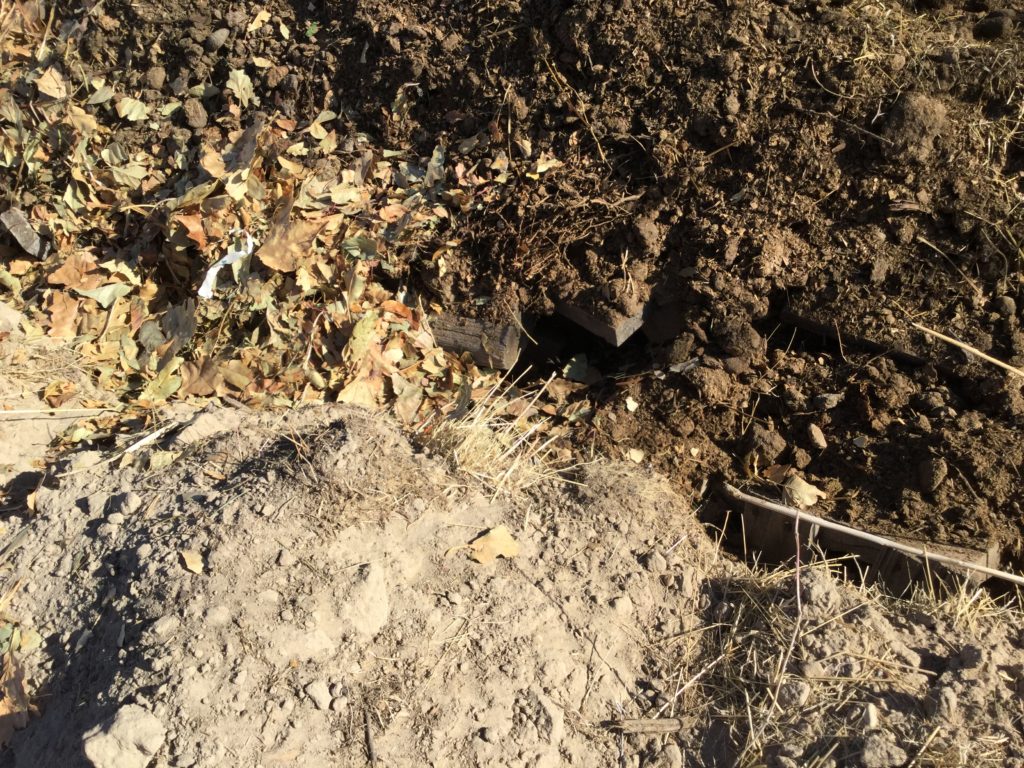
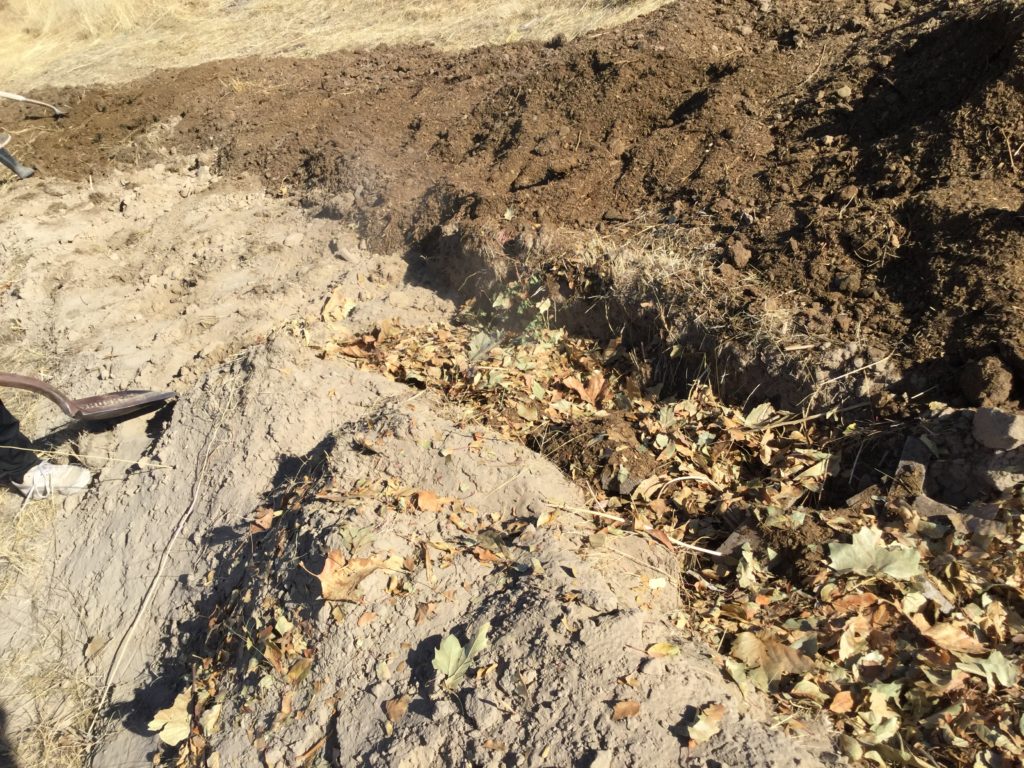
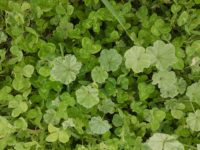

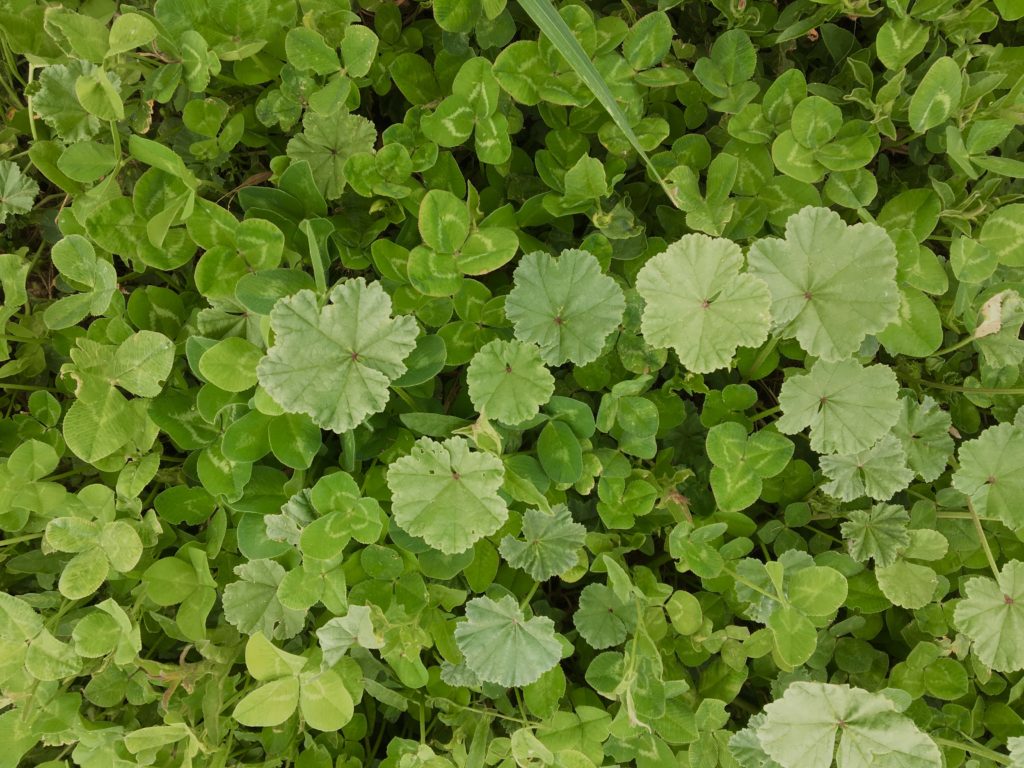
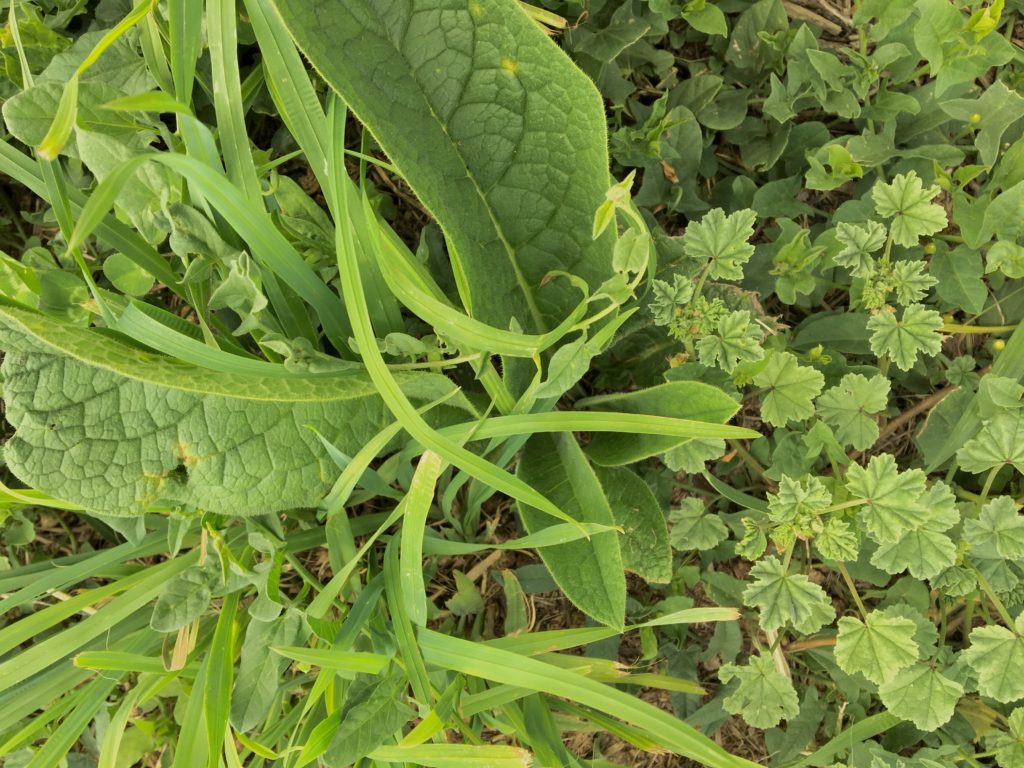
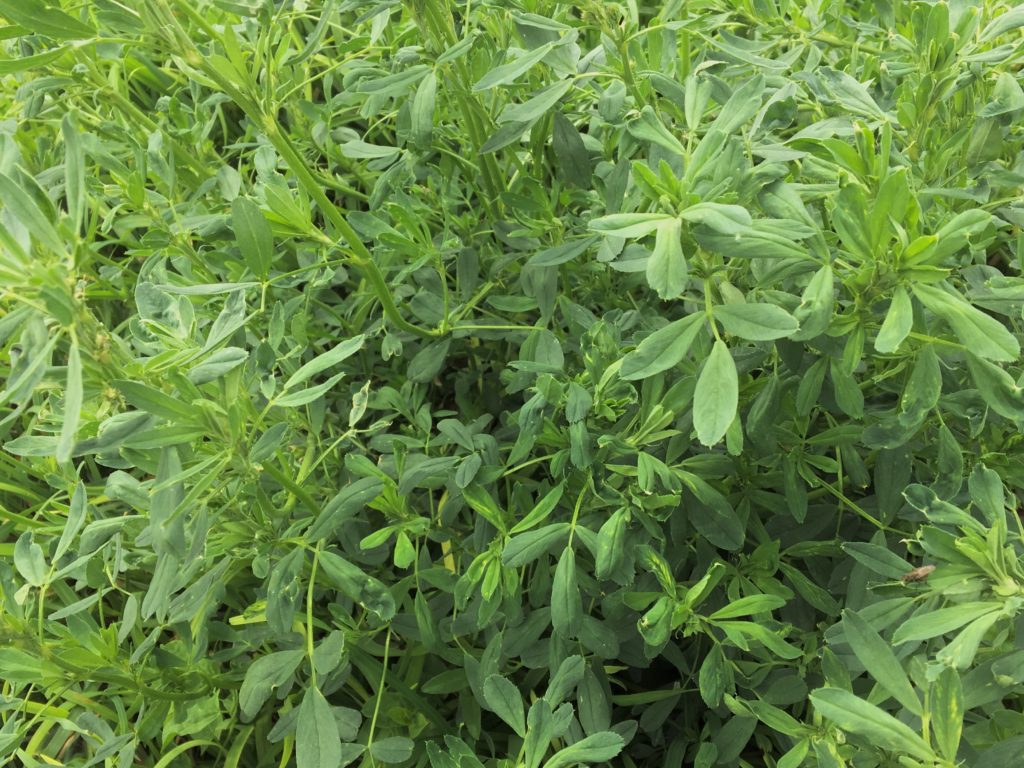
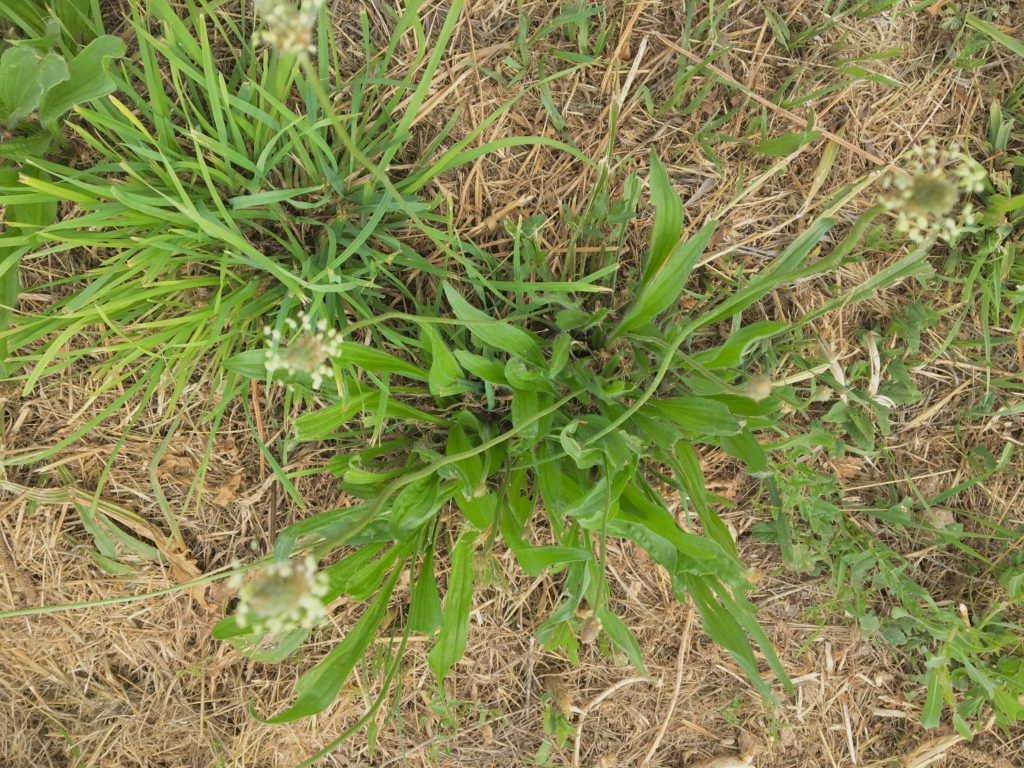

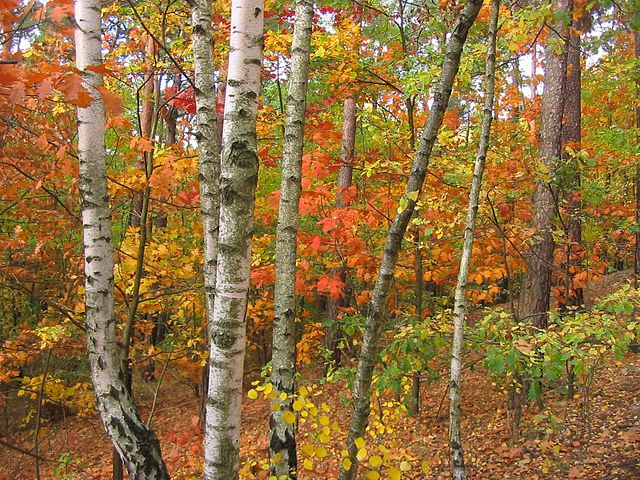

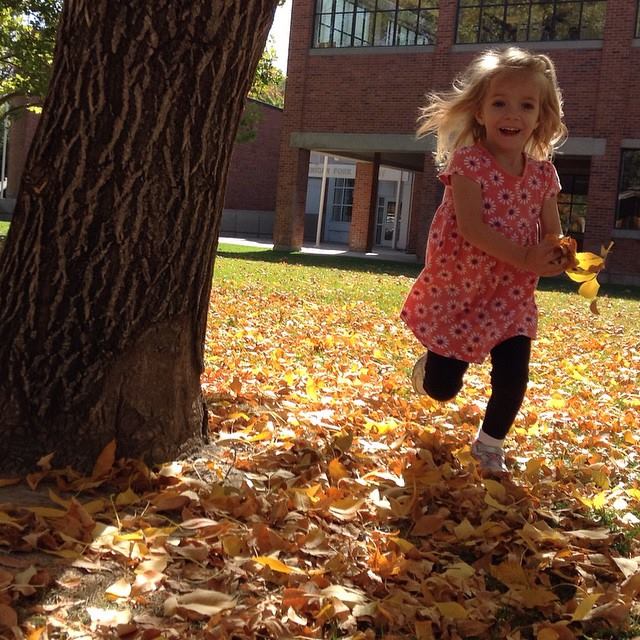
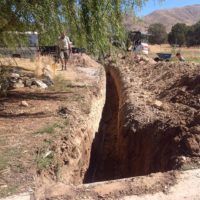
 This is one of the views you get when you travel the roads that lead to our little piece of heaven. To get to our farm, you have to drive on a gravel road. Being isolated like that gives has advantages and disadvantages. This year has been the year of replacements. We have replaced our water heaters, air conditioner, furnace and who knows what will happen next.
This is one of the views you get when you travel the roads that lead to our little piece of heaven. To get to our farm, you have to drive on a gravel road. Being isolated like that gives has advantages and disadvantages. This year has been the year of replacements. We have replaced our water heaters, air conditioner, furnace and who knows what will happen next. Yup, we found that the water leak was coming from under the driveway, so we then went to work on the side closest to the house.
Yup, we found that the water leak was coming from under the driveway, so we then went to work on the side closest to the house. In a few hours, we had both ends of the driveway excavated down to the pipe and knew what needed to be done the next morning.
In a few hours, we had both ends of the driveway excavated down to the pipe and knew what needed to be done the next morning. Jeramiah showed up early in the morning and the work really started. We wanted to avoid digging up the driveway, so Jeramiah came up with the idea of using a connector and hooking the old water line to the new water line, and then pulling the old water line from under the driveway and keep pulling so that the new water line replaced it. It worked well, we were able to pull the new line under the driveway without having to cut any concrete.
Jeramiah showed up early in the morning and the work really started. We wanted to avoid digging up the driveway, so Jeramiah came up with the idea of using a connector and hooking the old water line to the new water line, and then pulling the old water line from under the driveway and keep pulling so that the new water line replaced it. It worked well, we were able to pull the new line under the driveway without having to cut any concrete.
 After everything was said and done, we had 80 feet of new water line ran, and the driveway was now usable again.
After everything was said and done, we had 80 feet of new water line ran, and the driveway was now usable again.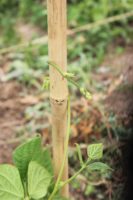
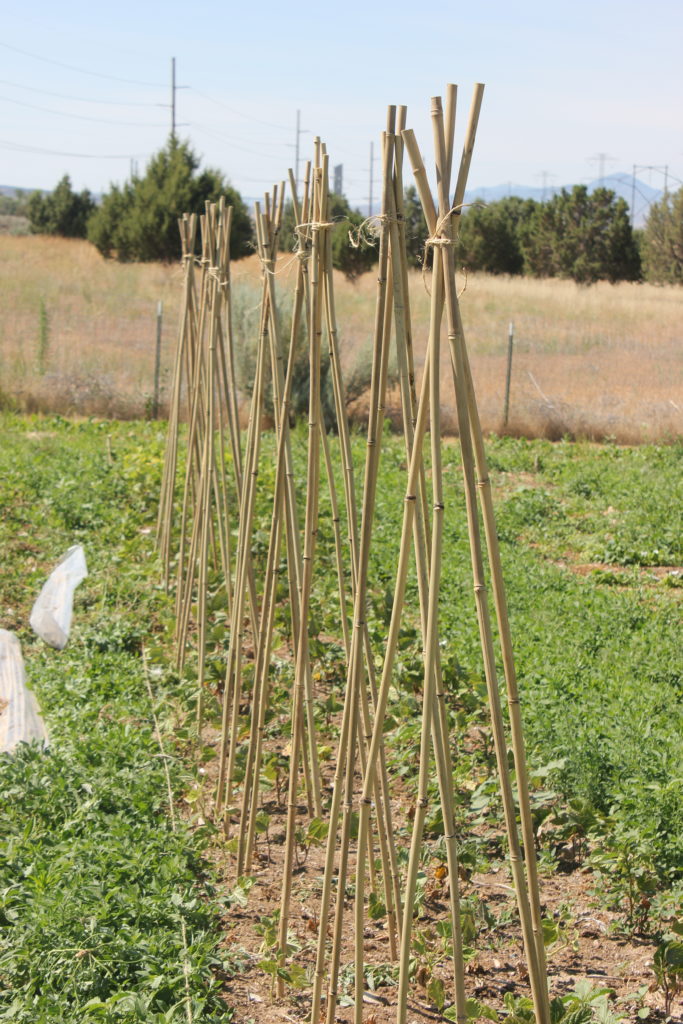
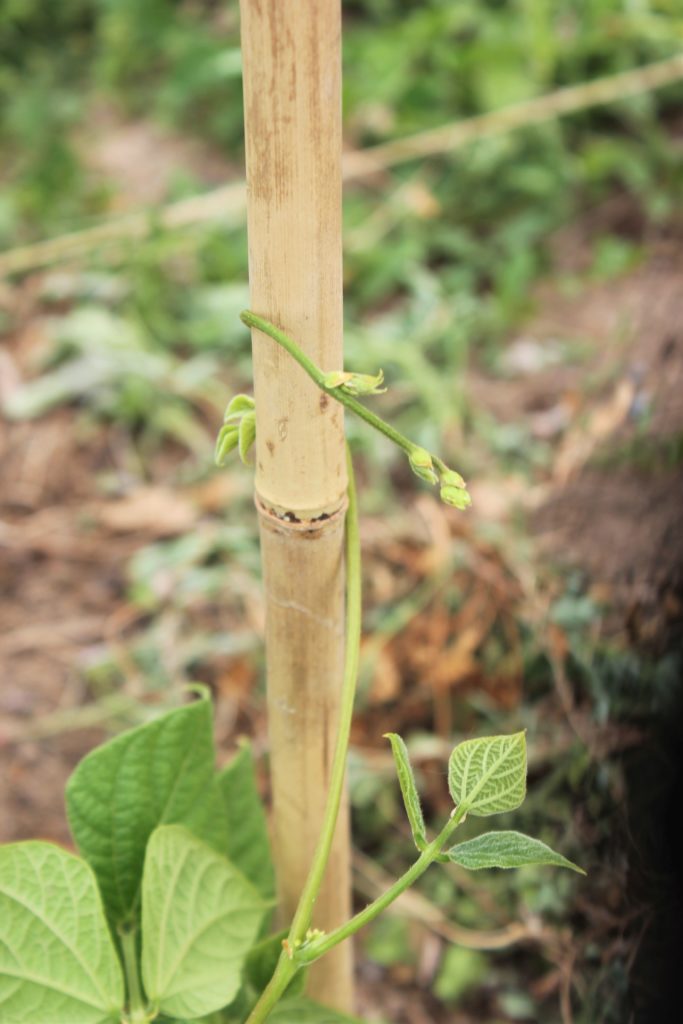 The green beans were planted in one of the two beds that we didn’t sheet mulch. We didn’t have time to get it done before planting season and I figured that since they were such a hardy and easy-going plant that they’d do just fine with a little manure raked in. I was wrong. I think they might be jealous of their neighbors, who are planted in several inches of good compost and mulched heavily with bark and leaves. Who knew green beans could be such divas?
The green beans were planted in one of the two beds that we didn’t sheet mulch. We didn’t have time to get it done before planting season and I figured that since they were such a hardy and easy-going plant that they’d do just fine with a little manure raked in. I was wrong. I think they might be jealous of their neighbors, who are planted in several inches of good compost and mulched heavily with bark and leaves. Who knew green beans could be such divas?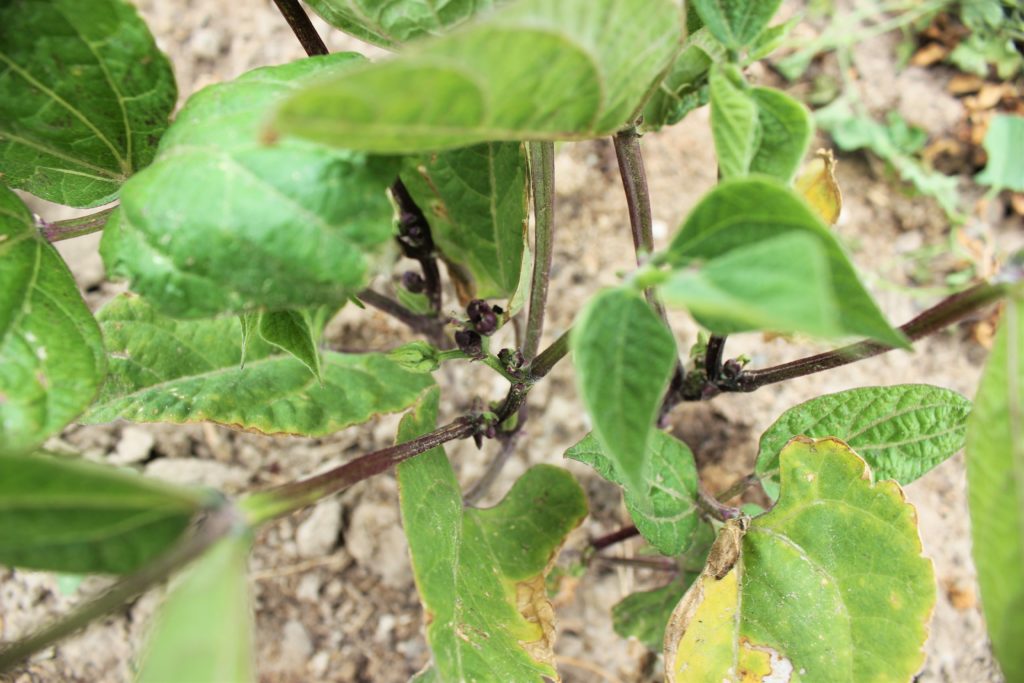
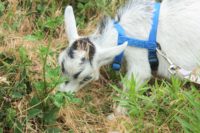
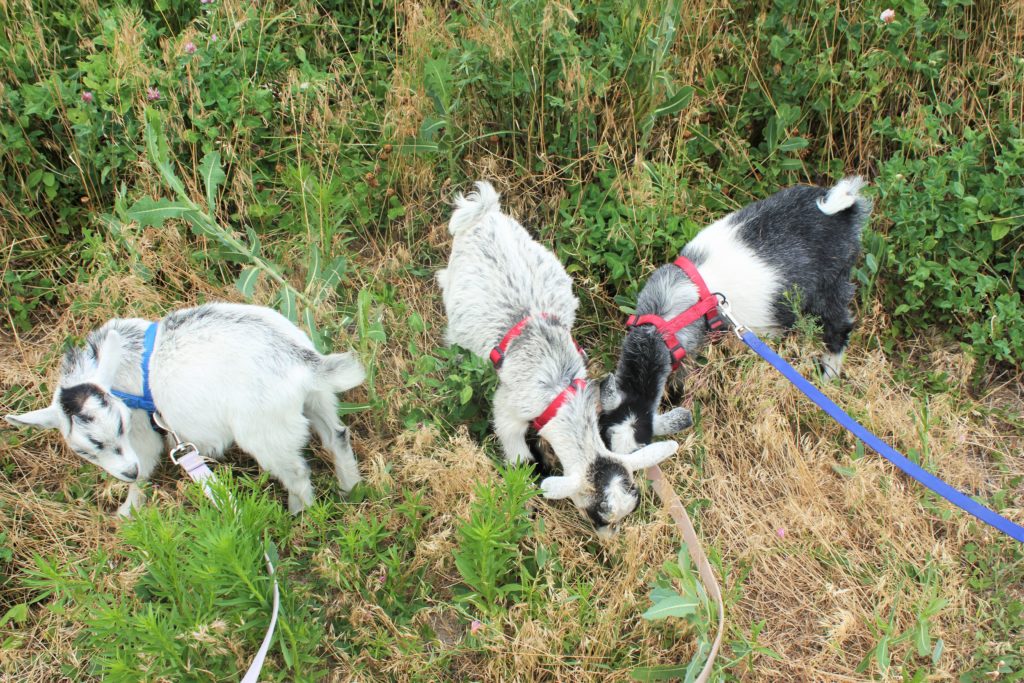
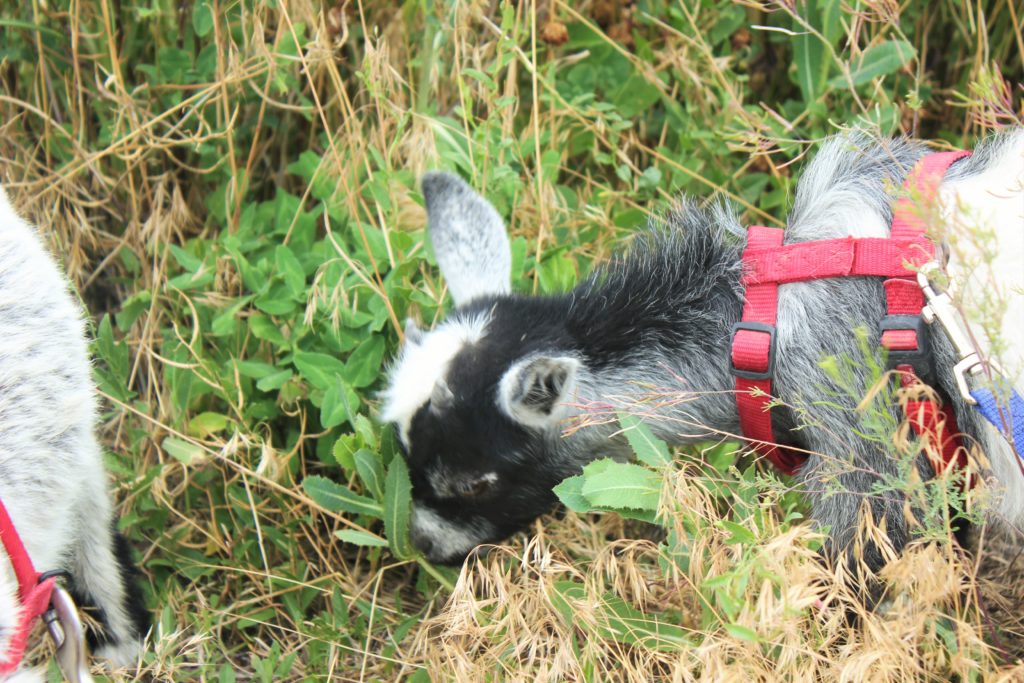
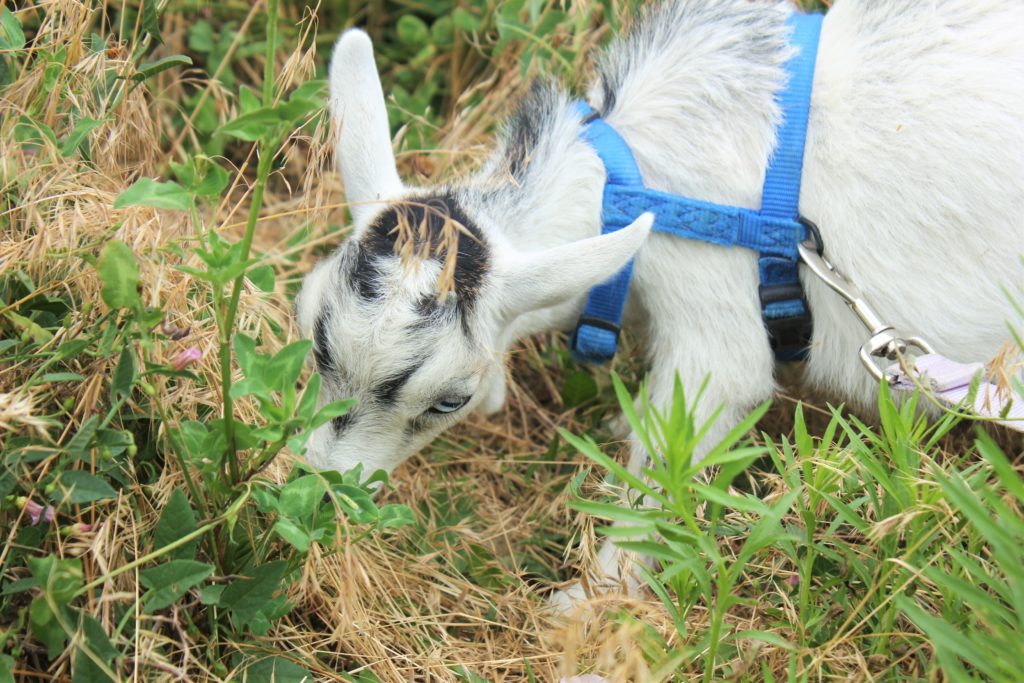 Here on our farm we don’t have vast pastures, we have small meadows and paddocks, but that same principle applies, just on a smaller scale. We set the goats out daily to graze, watching carefully so as not to over tax the land and then move our animals so the plot can rest and rejuvenate, making it more fertile and productive.
Here on our farm we don’t have vast pastures, we have small meadows and paddocks, but that same principle applies, just on a smaller scale. We set the goats out daily to graze, watching carefully so as not to over tax the land and then move our animals so the plot can rest and rejuvenate, making it more fertile and productive.